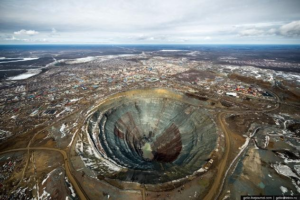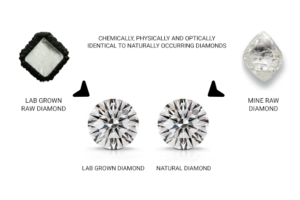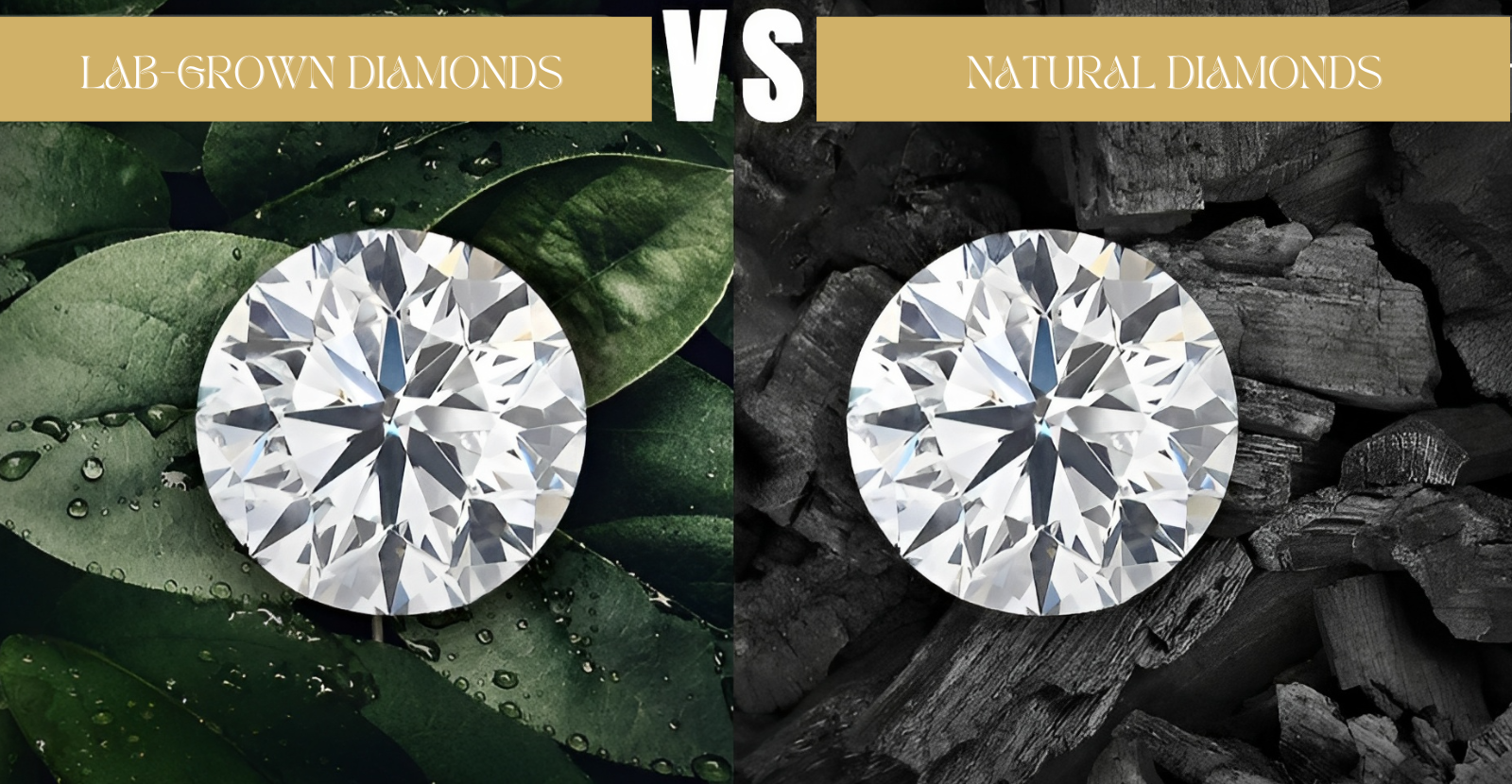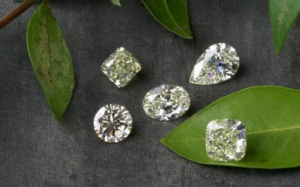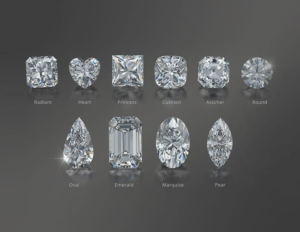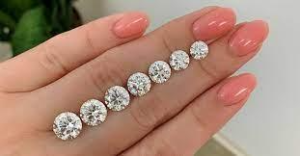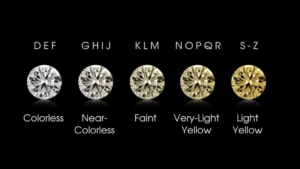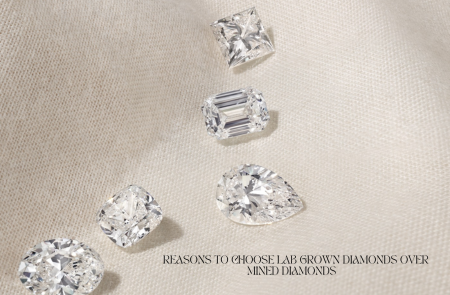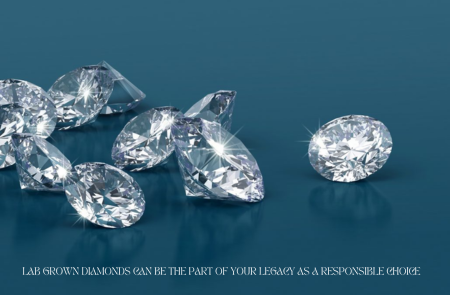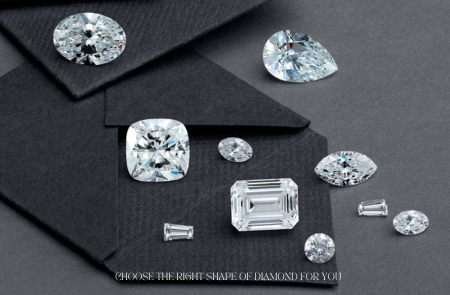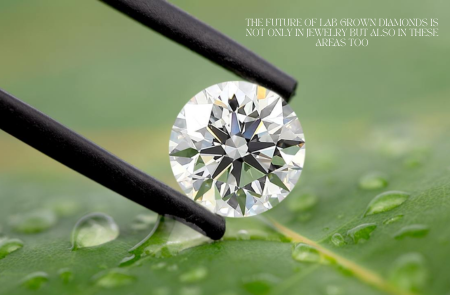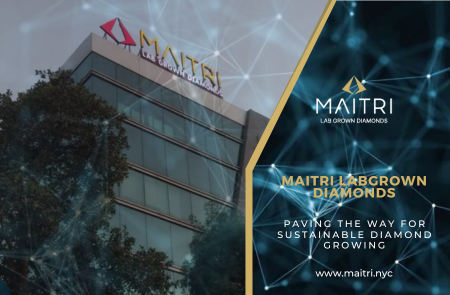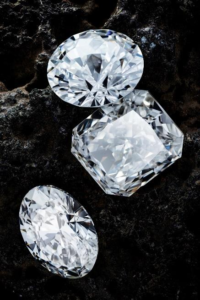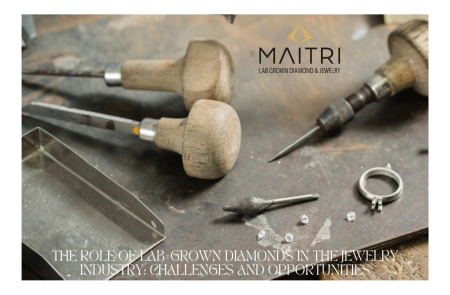Diamonds are often associated with luxury, love, and timeless elegance. For centuries, these
precious stones have been highly coveted and have played a significant role in various cultures and
traditions. However, the process of extracting natural diamonds from the earth has raised
environmental and ethical concerns, leading to the emergence of lab-grown diamonds as an ethical
and sustainable alternative.
Maitri Lab-Grown Diamonds is a company that has revolutionized the diamond industry by creating
stunning lab-grown diamonds that are as beautiful and durable as their natural counterparts. In this
blog, we will take you on a journey through the innovative and fascinating process of creating lab-
grown diamonds and explore why they are the perfect choice for the conscious consumer.
What Are Lab-Grown Diamonds?
Lab-grown diamonds, as the name suggests, are diamonds that are created in a laboratory setting
using advanced technology that replicates the natural diamond formation process. Unlike natural
diamonds, which take millions of years to form deep beneath the earth's surface, lab-grown
diamonds are created in a matter of weeks using high-pressure and high-temperature (HPHT) or
chemical vapor deposition (CVD) methods.
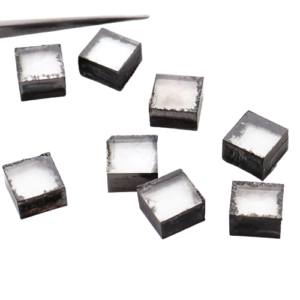
The Journey of Lab-Created Diamonds
From LAB To LOVE:
Seed Selection | Seed Placement | Seed Growing
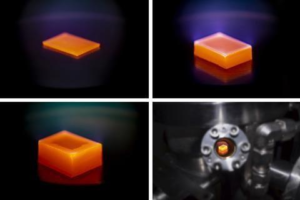
The journey of lab-grown diamonds begins with a small diamond seed, which is placed in a specially designed chamber where it is exposed to extreme heat and pressure.
We at Maitri Lab-grown Diamond use the CVD method to create premium quality diamonds, the diamond seed is placed in a vacuum chamber where a gas mixture of carbon and hydrogen is introduced. The gas mixture is ionized, and the carbon atoms are deposited on the diamond seed, layer by layer, forming a diamond crystal.
Cutting
Once the diamond has grown to the desired size, it is removed from the reactor and sent to a cutting facility.
These are the different stages involved in the diamond-cutting process:
DLC Remove: This refers to the removal of a thin layer of diamond-like carbon coating from the diamond surface.
Planning: This involves determining the best way to cut the diamond to maximize its value.
Marking: This involves marking the diamond to guide the cutting process.
Laser Cutting: This is a precise cutting method that uses a laser beam to cut the diamond.
Master Cut to Precision: This is the process of creating a master model of the desired diamond shape to guide the cutting process.
Semi-Blocking: This involves shaping the diamond into a rough form.
Bruting: This involves rounding the edges of the diamond to improve its symmetry and appearance.
Final Blocking: This is the process of shaping the diamond to its final form.
Grading:
After the diamond has been cut and polished, it is sent to a grading laboratory to be evaluated for quality. The diamond is examined under high-powered microscopes and graded based on its color, clarity, cut, and carat weight.
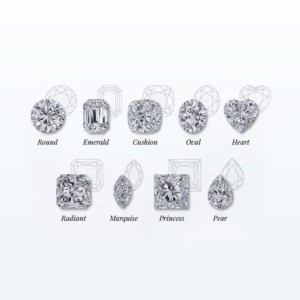
Certification:
If the diamond meets the standards for quality and ethics, it is given a certification by a reputable laboratory such as the Gemological Institute of America (GIA). This certification ensures that the diamond is natural, lab-grown, and of high quality.
Setting:
The final step in the lab-grown diamond journey is setting the diamond in a piece of jewelry. This can be done in a variety of ways, including prong setting, bezel setting, and pave setting
Why Choose Lab-Grown Diamonds?
There are several reasons why lab-grown diamonds are an excellent choice for conscious consumers. Firstly, they are sustainable and ethical. The mining of natural diamonds has a significant environmental impact, causing soil erosion, deforestation, and water pollution. Additionally, the mining industry has been associated with human rights abuses and child labor. By choosing lab-grown diamonds, you can be sure that your diamond is conflict-free and has minimal environmental impact.
Secondly, lab-grown diamonds are more affordable than natural diamonds. This is because they are created in a controlled laboratory setting, which reduces the cost of production. As a result, lab-grown diamonds are an excellent option for those who want the beauty and elegance of a diamond without the hefty price tag.
Finally, lab-grown diamonds offer more design flexibility. Natural diamonds come in a range of colors, but they are rare and expensive. Lab-grown diamonds, on the other hand, can be created in a range of colors, including pink, blue, and yellow. This allows designers and consumers to create unique and personalized jewelry pieces that reflect their style and personalities.
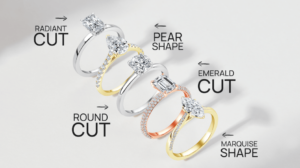
Conclusion
The journey of lab-grown diamonds from innovation to elegance has transformed the diamond industry, offering consumers an ethical, sustainable, and affordable alternative to natural diamonds. At Maitri Lab-Grown Diamonds, we are proud to be at the forefront of this revolution, creating stunning lab-grown diamonds that are as beautiful and durable as their natural counterparts. We hope that this blog has given you a glimpse into the fascinating process of creating lab-grown diamonds and the reasons why they are the perfect choice for a conscious consumer like you.
